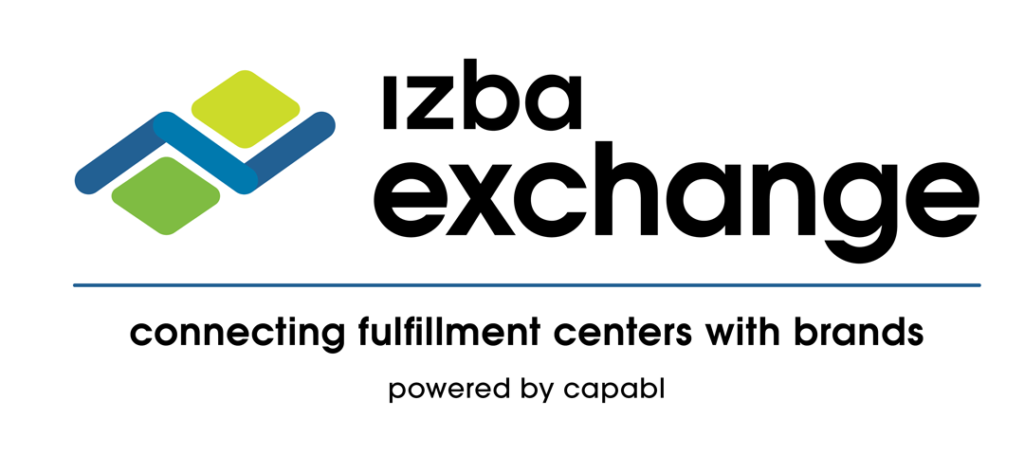
20 Smart Ways to Cut Costs in a Complex Global Trade Environment
Fast-growing brands are facing rising tariffs, regulatory shifts, and logistical challenges that threaten their margins. Izba shares 20 smart and practical strategies—many often overlooked—to help brands cut costs, improve resilience, and protect customer experience without compromising on quality.
-
Review and Renegotiate Contracts – Use volume and relationship history to get better terms.
-
Analyze Your BOMs (Bill of Materials) – Identify and replace costly or non-core components.
-
Diversify Country of Origin – Shift sourcing to reduce tariff exposure.
-
Optimize HTS Codes (Tariff Engineering) – Use favorable, accurate classifications.
-
Use Bonded or Free Trade Zones – Defer or lower duties by delaying final import.
-
Build in Redundancy – Dual-source to reduce cost and risk.
-
Renegotiate with Your Fulfillment Partners – Update contracts based on new volume and shipping data.
-
Review Your Rate Cards – Audit and benchmark to avoid silent overpayments.
-
Watch Out for Aging Inventory Costs – Monitor and move slow-moving stock.
-
Audit Returns and Unsold Inventory – Track returns to avoid wasteful reorders.
-
Reassess Parcel and Shipping Strategy – Consolidate, optimize packaging, and explore alternatives.
-
Consider International Fulfillment – Fulfill regionally to save on last-mile and duties.
-
Split Inventory by Region – Store closer to customers to reduce transit time and tariffs.
-
Model Tariff Impact on Cash Flow – Forecast costs to inform strategic decisions.
-
Recover Chargebacks – Dispute retailer fees and recover revenue.
-
Improve Cash Flow via Terms – Negotiate better terms with vendors and customers.
-
Invest in Expert Help – Bring in specialists to uncover hidden savings.
-
Get Better Data – Ensure accuracy across BOMs, landed costs, and inventory data.
-
Align Cross-Functional Teams – Coordinate sourcing, ops, product, and finance on cost strategy.
-
Design with Cost in Mind – Adjust product specs early to reduce tariffs and open sourcing options.
Like what You See?
Supply Chain Resilience: From Tariff Impact to Global Strategy

The global trade game is changing fast. On May 6, join Finaloop, ShipBob, and Izba for an expert-led webinar
Learn how top ecommerce brands are navigating new tariffs, protecting margins, and building smarter logistics strategies for 2025 and beyond.
What We’re Reading
-
Ctrl + Scale: Surviving Tariffs in 2025: Real Strategies for Sourcing, Fulfillment & Cost Reduction (Izba)
-
US Looks to Box In China by Recruiting Other Trading Partners: The United States is intensifying efforts to economically isolate China by urging over 70 countries to limit their trade relationships with Beijing. As part of ongoing tariff negotiations, the U.S. is proposing that these nations impose “secondary tariffs” on Chinese goods and prevent China from using their territories to circumvent American trade restrictions. (Bloomberg)
-
India Has a Golden Opportunity to Capture U.S. Business From China: India is strategically positioning itself as a key U.S. trade partner amid escalating U.S.-China tensions, aiming to double bilateral trade to $500 billion by 2030. To achieve this, India has reduced tariffs on select American goods and is negotiating further concessions, while the U.S. has imposed a 27% reciprocal tariff on Indian products, prompting India to seek a diplomatic resolution without resorting to retaliatory measures. (WSJ)
-
From Fake Eyelashes to Care Bears, U.S.-Bound Goods Are Stuck in Tariff Limbo: A growing number of U.S.-bound consumer goods—from fake eyelashes to Care Bears—are stuck in customs limbo as authorities crack down on tariff compliance and exploit loopholes used by fast-fashion giants like Shein and Temu. This heightened scrutiny is causing delays and uncertainty for importers, as the U.S. enforces stricter trade rules to address concerns over de minimis exemptions and product misclassification.(WSJ)
Business Worth Buying

In our latest podcast episode, host Aaron Alpeter sits down with supply chain powerhouse, Kunal Thakkar. With over two decades of experience in various industries, Kunal reveals the intricate details of operational due diligence that can make or break a business acquisition.
Here’s a sneak peek of what you’ll learn in this episode:
-
Due Diligence Demystified: Kunal shares common misconceptions sellers have about due diligence and provides practical advice on how to prepare better.
-
Red Flags and Green Lights: Discover the red flags that might lead an acquirer to walk away from a deal, and the green lights that make a business acquisition-ready.
-
Operational Intricacies: Learn how to evaluate the complexity of a business’s operations and gather insights into the fixable issues that sellers should focus on.
-
From Fidget Spinners to Fortune: Kunal discusses the critical elements that ensure a business stands out in a crowded market and offers tips on creating a resilient brand.
-
Charting Your Course: Find out how to strategically structure your business for substantial exits, whether you’re looking to sell to an aggregator or a major corporation.
Head over to your favorite podcast platform, subscribe to Build a Business Worth Buying, and start listening today!




